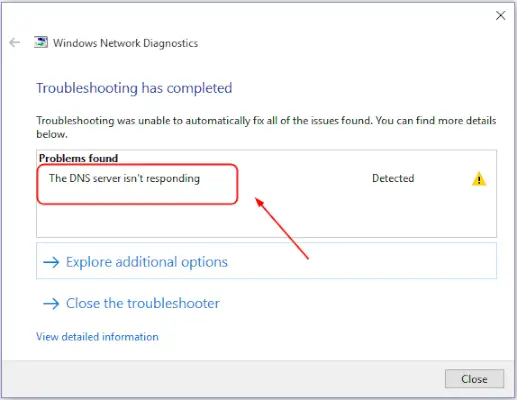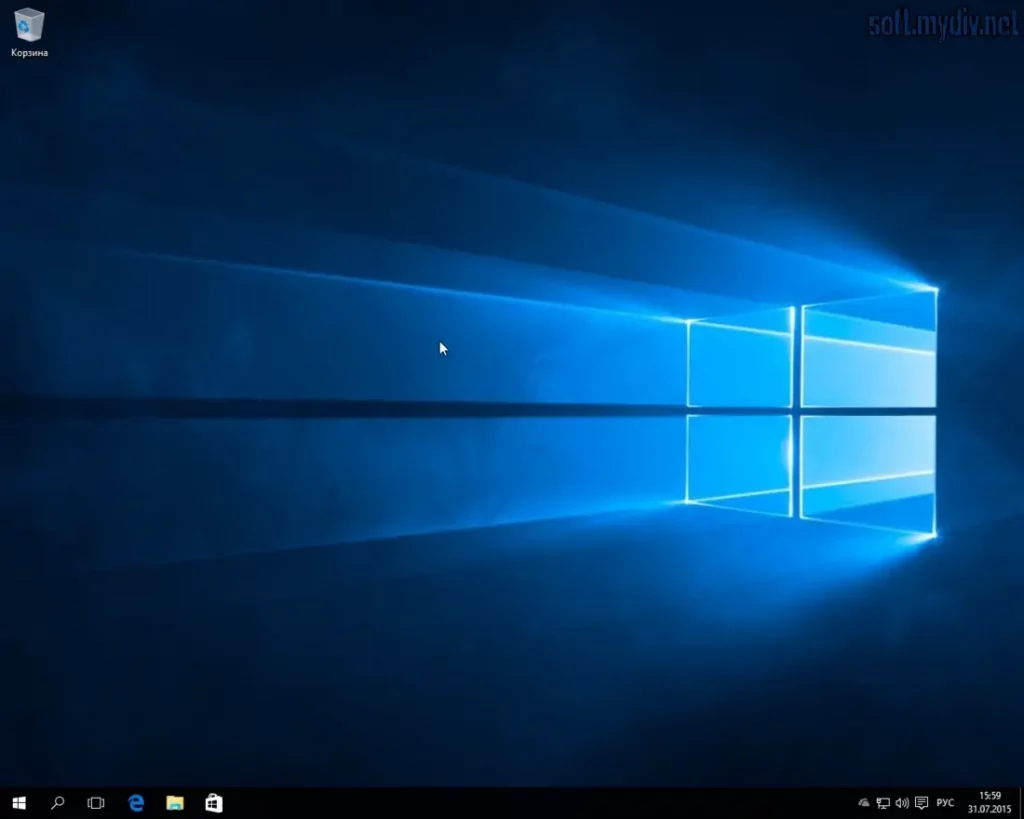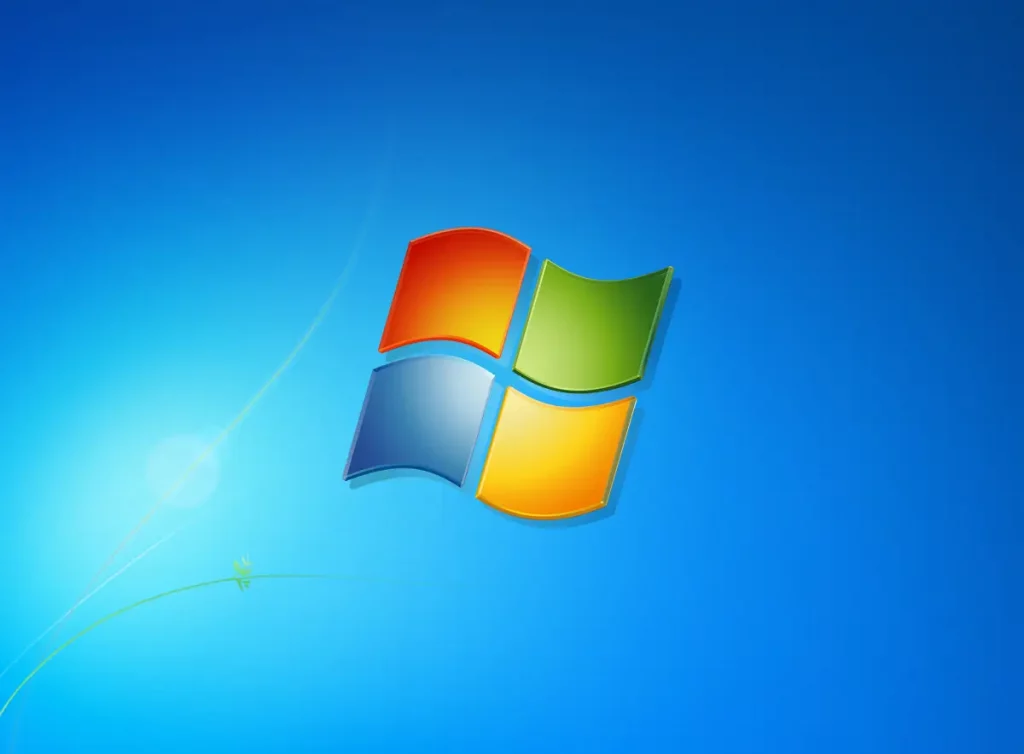One of the most common and frustrating errors internet users encounter is the “DNS server isn’t responding” message. When you wake your computer in the morning and see the network access icon in the systray switch to “connected,” only to find that you still can’t access the internet, it can be confusing. Running the Troubleshooter often returns the message that “the DNS server isn’t responding.” In this comprehensive guide, we will explore the possible causes of this issue and various methods to troubleshoot and resolve it.
What Is a DNS Server and Why Is It Important?
DNS (Domain Name System) servers are responsible for translating domain names (such as www.example.com) into IP addresses that computers use to communicate. When the DNS server isn’t responding, your computer can’t translate the website addresses you type into your browser into IP addresses, which is why you are unable to access the internet.
There are several reasons why the DNS server might not respond, including network configuration issues, server problems, or even router issues. Let’s break down these causes and how to fix them.
Common Causes of the “DNS Server Isn’t Responding” Error
There are a variety of reasons why you might encounter this issue. Below are some of the most common causes:
- Network configuration issues: Incorrect network settings, such as improperly configured DNS addresses, can result in the DNS server not responding.
- ISP issues: Sometimes your Internet Service Provider (ISP) may have issues with their DNS servers.
- Router problems: A malfunctioning or outdated router can cause the DNS server to stop responding.
- Firewall or antivirus interference: Security software can block access to DNS servers if misconfigured.
- Outdated drivers: Old or corrupted network drivers may prevent the computer from properly communicating with the DNS server.
Quick Fixes for “The DNS Server Isn’t Responding” Error
Here are a few quick fixes that may resolve the DNS server isn’t responding issue:
- Restart your router: Turn off your router, wait for about 30 seconds, and turn it back on. This will refresh your internet connection and could resolve the issue.
- Restart your computer: Rebooting your computer may reset the network settings and fix temporary connectivity issues.
- Switch browsers: Sometimes the issue might be browser-specific. Try switching to a different web browser to see if you can access the internet.
Method 1: Change Your DNS Server
If the issue persists, changing your DNS server to a reliable public DNS server can often resolve the “DNS server isn’t responding” issue. Google DNS and OpenDNS are popular choices that are often faster and more reliable than your ISP’s DNS servers.
Steps to Change DNS Server in Windows
- Open the Control Panel and select Network and Sharing Center.
- Click on Change adapter settings from the left sidebar.
- Right-click on your active network connection and select Properties.
- Double-click on Internet Protocol Version 4 (TCP/IPv4).
- Select the option for Use the following DNS server addresses and enter:
| Preferred DNS Server | 8.8.8.8 (Google DNS) |
|---|---|
| Alternate DNS Server | 8.8.4.4 (Google DNS) |
- Click OK and restart your browser.
After changing your DNS server, check if the “DNS server isn’t responding” issue is resolved.
Method 2: Flush the DNS Cache
Sometimes, the local DNS cache stored on your computer may become corrupted, leading to the “DNS server isn’t responding” error. Flushing the DNS cache can resolve this issue.
Steps to Flush DNS Cache
- Press Windows + R to open the Run dialog box.
- Type
cmdand press Enter to open the Command Prompt. - Type the following command and press Enter:
- Wait for the confirmation message: “Successfully flushed the DNS Resolver Cache.”
- Restart your computer and check if the issue is resolved.
Method 3: Disable Antivirus and Firewall Temporarily
Sometimes your antivirus software or firewall can block your access to the DNS server. You can try disabling them temporarily to check if they are causing the problem.
Steps to Disable Windows Firewall
- Open the Control Panel and select System and Security.
- Click on Windows Defender Firewall and select Turn Windows Defender Firewall on or off from the sidebar.
- Select Turn off Windows Defender Firewall for both private and public networks.
- Click OK and check if the issue persists.
If disabling the firewall resolves the issue, you should update your security software or add an exception for DNS traffic.
Method 4: Update Network Drivers
Outdated or corrupted network drivers can also cause the “DNS server isn’t responding” issue. Updating your network drivers can resolve this problem.
Steps to Update Network Drivers
- Press Windows + X and select Device Manager.
- Expand the Network adapters section.
- Right-click on your network adapter and select Update driver.
- Select Search automatically for updated driver software.
- Follow the on-screen instructions to complete the update.
Once your drivers are updated, restart your computer and test your connection again.
Advanced Troubleshooting for DNS Server Issues
If the above methods don’t resolve the “DNS server isn’t responding” issue, you may need to try more advanced troubleshooting techniques.
Method 5: Reset TCP/IP Settings
Corrupted TCP/IP settings can cause DNS issues. You can reset these settings using the Command Prompt.
Steps to Reset TCP/IP Settings
- Open the Command Prompt as an administrator by typing
cmdin the Windows search bar and selecting Run as administrator. - Type the following command and press Enter:
- Restart your computer and see if the issue is resolved.
How to Prevent Future DNS Server Issues
To avoid encountering the “DNS server isn’t responding” error in the future, follow these tips:
- Keep your drivers up to date: Regularly check for updates to your network drivers to ensure proper connectivity.
- Use reliable DNS servers: Switching to well-known DNS servers such as Google DNS or OpenDNS can improve connection reliability.
- Maintain your router: Regularly restart your router and check for firmware updates to ensure optimal performance.
Frequently Asked Questions (FAQs)
1. What does “DNS server isn’t responding” mean?
This error means that your computer is unable to communicate with the DNS server, which is responsible for translating domain names into IP addresses. As a result, you cannot access websites or other online services.
2. Can changing my DNS server fix the issue?
Yes, changing your DNS server to a reliable one, such as Google DNS or OpenDNS, can often resolve this issue if the problem is related to your ISP’s DNS server.
3. Is it safe to flush the DNS cache?
Yes, flushing the DNS cache is a safe operation that can help resolve DNS-related issues by clearing outdated or corrupted cache entries.
Summary of Methods to Resolve the DNS Server Isn’t Responding Error
| Method | Steps | Difficulty |
|---|---|---|
| Change DNS Server | Change DNS to Google or OpenDNS via Control Panel | Easy |
| Flush DNS Cache | Run ipconfig /flushdns command in Command Prompt | Easy |
| Disable Firewall | Temporarily disable firewall in Control Panel | Moderate |
| Update Network Drivers | Update drivers via Device Manager | Moderate |
| Reset TCP/IP | Run netsh int ip reset command in Command Prompt | Advanced |
The “DNS server isn’t responding” error is a common issue that can disrupt your internet access. Fortunately, there are many ways to troubleshoot and fix this problem, from changing your DNS server to resetting your network settings. By following the methods outlined in this guide, you can resolve the issue and ensure a stable internet connection in the future.




